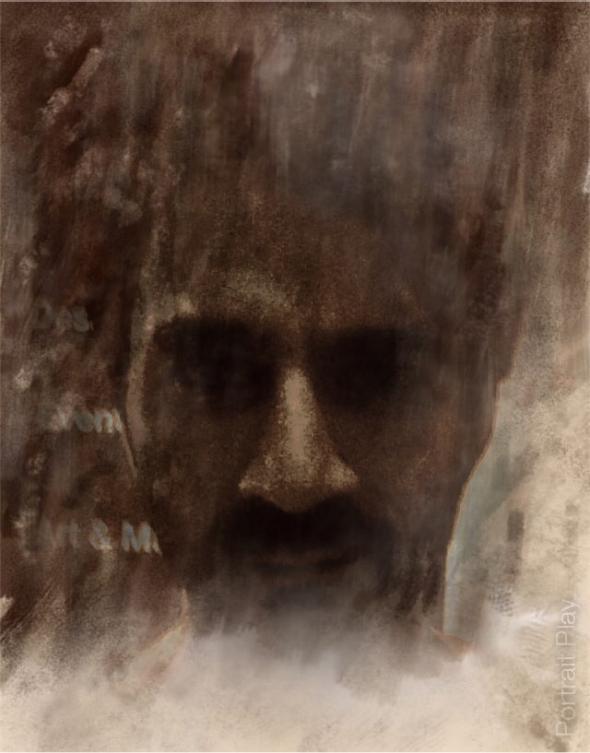Today, few acts are more common—and more commonly mocked—than taking a picture of oneself. We’ve all done it (some of us regularly), and we’ve all rolled our eyes at others for doing the same. Is this bald hypocrisy? A new app examines this question by taking the selfie on a telling detour through art history.
This month, Washington, D.C.’s Phillips Collection opened an exhibition titled Masterworks From Switzerland, a formidable array of paintings by Gauguin, Picasso, van Gogh, and many others. Accompanying this exhibition is an app called Portrait Play that encourages you to take a photograph of yourself when you first boot it up after arriving at the museum. As you wander through the exhibit (be warned that the app’s an aggressive battery hog—you’ll want to turn off its location services as soon as you leave), it interacts with proximity sensors placed near some of the paintings, applying filters to your image that correspond to the style of the works you’re examining. You’re left with images of your original selfie that look a little like they were painted by Chagall, Hodler, Jawlensky, and Manet.
It’s a clever and fun way to get museumgoers to interact with artworks, but in and of itself it’s not especially remarkable. If Portrait Play is striking, it’s because it authorizes you to take a selfie in a circumstance in which doing so might otherwise be frowned upon. In the process, it temporarily elevates the fruits of that much-mocked act by bringing them into the orbit of European Modernism and the traditions of self-representation that lead into it.
In his forthcoming book of essays on artists, critic John Berger locates the origin of modern self-portraiture in the prideful paintings of German Renaissance artist Albrecht Dürer. “Why does a man paint himself?” Berger asks, his gendered pronoun surely no accident. “It is to produce evidence, which will probably outlive him, that he once existed.” Is this why we take selfies today? Do they promise a kind of immortality in ephemeral times? If so, what distinguishes Dürer’s fascination with his own image from ours?
The conservative answer is, of course, that Dürer is simply a better artist than you or I. And he is! But his self-obsession also comes with a substantial dose of institutional authority, an authority that begins—as Berger’s carefully chosen vocabulary suggests—with his gender. Much the same is surely true for Marc Chagall, whose duck-faced mugging in his own paintings isn’t so different from the facial contortions that recently led two baseball announcers to mock a group of Arizona State University sorority girls students during a game. (ASU, incidentally, is a partner with Slate and New America in Future Tense.)
As Slate’s Amanda Hess suggested when she wrote up that incident, men have long sought to control women by regulating their access to their own images. This is what’s at stake for artists such as Cindy Sherman, who placed herself in scenes from the European painterly tradition in her History Portraits. By giving all visitors to the Phillips Collection permission to join in, Portrait Play provides an important reminder that centuries of regulation and restraint are still with us, if only implicitly. Sure, sometimes we’re contemptuous of people taking selfies because they clog up the sidewalks and make a mess of our favorite vistas. But that irritation may also be entangled with longstanding cultural restraints, restraints that ensure women are more often the subjects of portraits than they are their painters.
